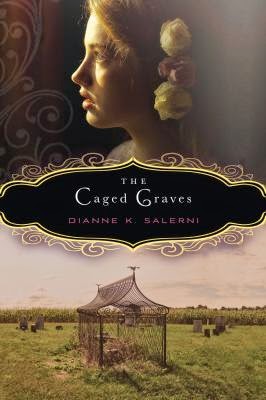 |
Statue of Joan of Arc
at Mont St. Michel in France
|
But what I loved most about them were the stories. Stories about strong, independent women who pushed themselves to the limit and changed the course of human history. Women like Joan of Arc, Florence Nightingale, Marie Curie and Amelia Earhart.
Equally important to me now are stories about the lives of women lead, whether real or fictional, contemporary or historical. How they deal with the times and situations they find themselves in. Some of my recent favorites include:
Dancer, Daughter, Traitor, Spy by Elizabeth Kiem is about Marya, a Soviet ballet dancer, who is forced to defect and flee to the United States with her father after her mother, a star with the Bolshoi Ballet, disappears. Is her mother a spy? Has she been arrested? But most important, can Marya make a home in America? The novel tells a unique immigrant story from the 1980s. It is followed by the sequel Hider, Seeker, Secret Keeper.
Elizabeth Wein's Rose Under Fire is the brilliant sequel to the equally magnificent Code Name Verity. Rose Justice is an American pilot who is captured by Nazis and sent to Ravensbrück, the women's concentration camp. There, she is tortured but manages to form powerful friendships with other suffering prisoners.
Cece Maloney, the main character in Radio Girl by Carol Brendler, wants nothing more than to perform in a radio serial. Unfortunately, her mother refuses to let Cece work. Nothing can keep Cece from realizing her dream, but when everyone on her street panics during Orson Welles' "War of the Worlds" broadcast, only Cece knows it's a hoax because she's secretly been working at CBS with Mr. Welles himself.
Touched by Fire, a novel by Irene N. Watts, features the early twentieth-century immigrant experience. Miriam and her family flee the Jewish pogroms in Russia and move to Germany. For years the family struggles to save enough to immigrate to the United States. Miriam's father leaves first, and years later Miriam joins him. While they wait for the rest of the family to join them, Miriam begins working at the Triangle Shirtwaist Factory.
Verity Boone returns to her Pennsylvania home in The Caged Graves by Dianne K. Salerni and discovers the graves of her mother and aunt are encaged in iron bars. Why? In trying to determine the reason for what she believes is desecration, Verity also learns more about the man she is engaged to marry. The novel is inspired by two real caged graves in Pennsylvania.





Wow! Some great recommendations here. Thank you.
ReplyDelete